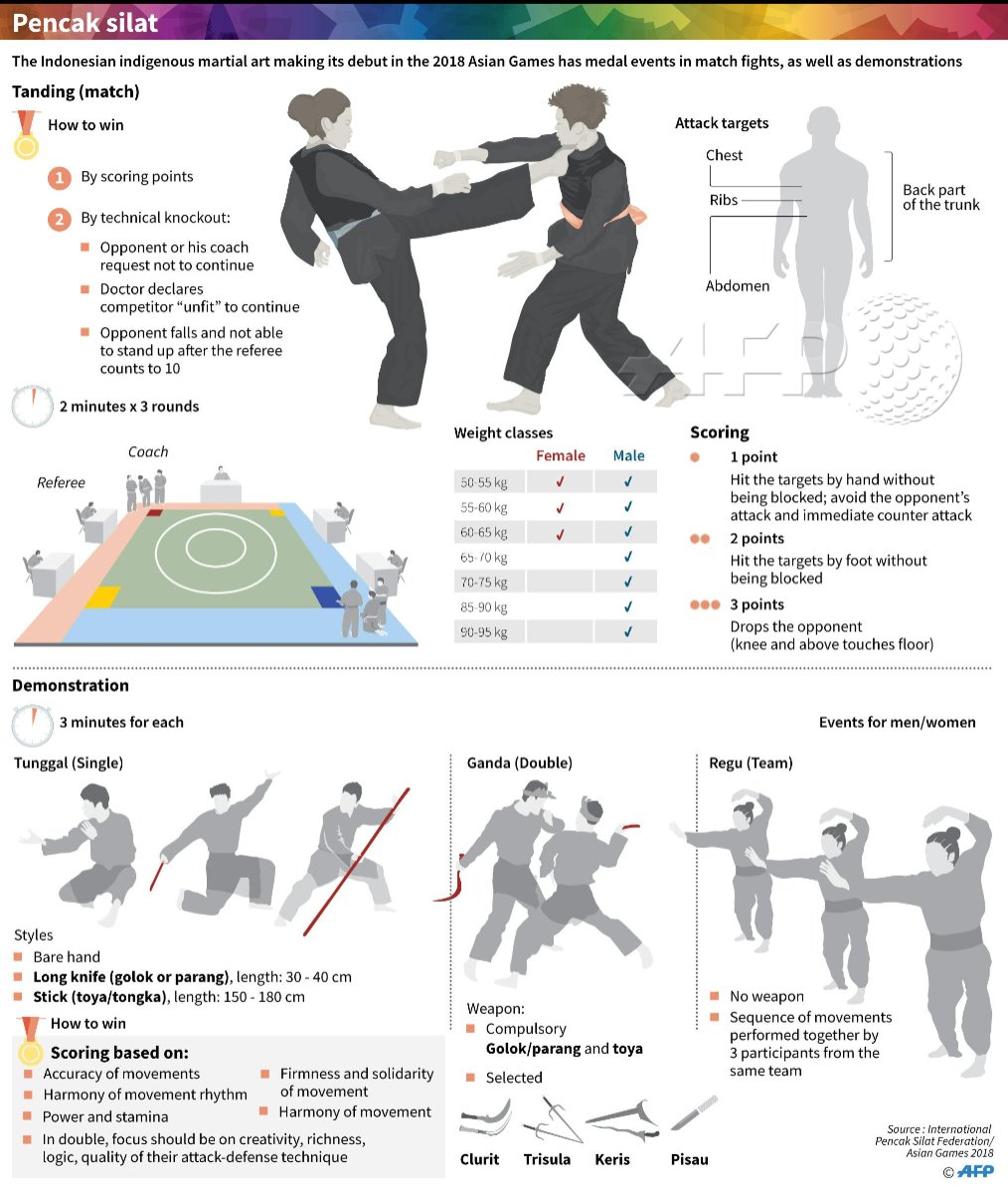Just How Do Typical Martial Arts Focus On Self-Control Compare To Contemporary Fight Sports Concentrate On Competitors? Discover The Vital Differences That Can Form Your Journey
Just How Do Typical Martial Arts Focus On Self-Control Compare To Contemporary Fight Sports Concentrate On Competitors? Discover The Vital Differences That Can Form Your Journey
Blog Article
Material By-Camp Brady
When you think of martial arts, do you lean more toward the standard practices or the modern fight sporting activities? Each course provides one-of-a-kind benefits and experiences, shaped by their philosophies and training methods. Typical martial arts highlight personal development and self-control, while modern-day combat sporting activities concentrate on competition and performance. Understanding these differences can lead you in choosing the appropriate approach for your trip. However exactly how do these differences show up in training and ideology?
The Approach and History Behind Conventional Martial arts
While lots of people associate martial arts with physical fight, the philosophy and history behind typical martial arts run much deeper. You'll locate that these techniques highlight personal development, technique, and regard.
Stemming from old techniques, typical martial arts were usually established for Self-Defense and spiritual development. They personify concepts such as equilibrium, harmony, and self-constraint, directing specialists beyond simple battling abilities.
As you educate, you'll not just find out methods yet also get insights right into the culture and worths that formed these arts. The routines and practices, often given through generations, foster a feeling of community and belonging.
The Competitive Nature of Modern Battle Sports
Modern combat sporting activities have actually transformed the landscape of martial arts into a very competitive arena, where professional athletes challenge in an examination of ability, strategy, and endurance.
You'll observe that competitors are frequently arranged with strict rules and regulations, guaranteeing fair game and security. These events bring in huge audiences, fueling the excitement and intensity of matchups.
Professional athletes educate rigorously, not just for physical expertise however likewise for mental sturdiness, understanding that every information counts in the ring. The adrenaline rush throughout competitors is palpable, as fighters push their limitations to assert triumph.
please click the next internet page appreciate the athleticism and artistry involved, making modern-day battle sports a thrilling phenomenon that remains to progress and astound lovers around the globe.
Training Approaches and Methods: A Relative Analysis
The competitive atmosphere of modern fight sports demands cutting-edge training techniques that vary dramatically from standard martial arts.
In martial arts classes -day training, you'll concentrate on certain strategies, competing, and conditioning, usually using drills that replicate genuine fight circumstances. You'll see an emphasis on measurable efficiency and constant competition to assess your abilities.
On the other hand, conventional martial arts focus on kinds, katas, and philosophical teachings, often stressing technique and regard over competition.
what age should kids start martial arts is typically less extreme and might entail repeated practice rather than real-time sparring.
While both techniques develop ability and health and fitness, contemporary fight sports provide a much more vibrant and versatile training environment, preparing you for immediate obstacles in the ring or cage.
Pick the course that lines up with your goals and rate of interests.
Conclusion
In selecting between standard martial arts and modern-day battle sports, it really boils down to what you value the majority of. If you're looking for individual growth, self-control, and a sense of neighborhood, standard arts could be your best fit. However if you grow on competition and real-time challenges, contemporary combat sporting activities could be the means to go. Inevitably, both courses supply special benefits, so it's everything about aligning your training with your personal objectives and passions.
